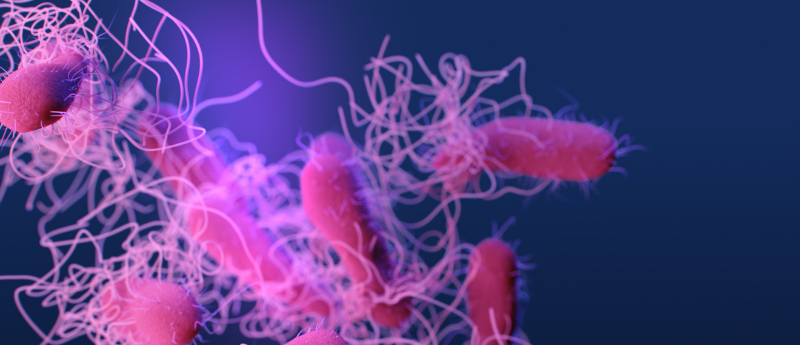Can native mass spectrometry help tackle antibiotic resistance?

Native mass spectrometry is affording crucial insights to how potential bacterial protein inhibitors could combat antibiotic resistance.
Research presented at the World Microbe Forum (online, 20–24 June 2021) has detailed the use of native mass spectrometry in the evaluation of how potential inhibitors work on antibiotic-resistant bacteria.
Antibiotic resistance (ABR) is a major challenge brought on by the overuse of antibiotics, leading to several bacterial infections that are no longer treatable with current antibiotics. According to the US CDC, 2.8 million people each year are diagnosed with a bacterial infection that is resistant to one or more antibiotics.
“One method of combatting antibiotic resistance is using a combination drug/inhibitor therapy,” explained Caitlyn Thomas (Miami University; OH, USA), the study’s presenting author. Augmentin is a prescription therapy that uses this method, combining the antibiotic amoxicillin with the inhibitor, clavulanic acid.
Metallo-beta-lactamase is a bacterial protein at the root of penicillin-like ABR in many clinical strains of bacteria and is therefore a key focus for the development of new bacterial protein inhibitors. Thomas and her team of researchers from Miami University decided to instead determine how these inhibitors work.
“Because metallo-beta-lactamases contain two metal ions we are able to use a variety of spectroscopic techniques to study them,” commented Thomas. “These experiments give us more insight into how to [sic] inhibitor behaves and whether it could potentially be a candidate for clinical use in the future.”
The research has afforded crucial insights to potential inhibitors that have been reported in literature. The team discovered that some of these inhibitors remove a required component for the function of metallo-beta-lactamase, however, this could lead to side effects in humans if this same component can also be found in human proteins. The team also determined that some of the potential inhibitors bound directly to the metallo-beta-lactamases, inactivating them – the ideal mechanism for inhibitors to progress to the clinic.